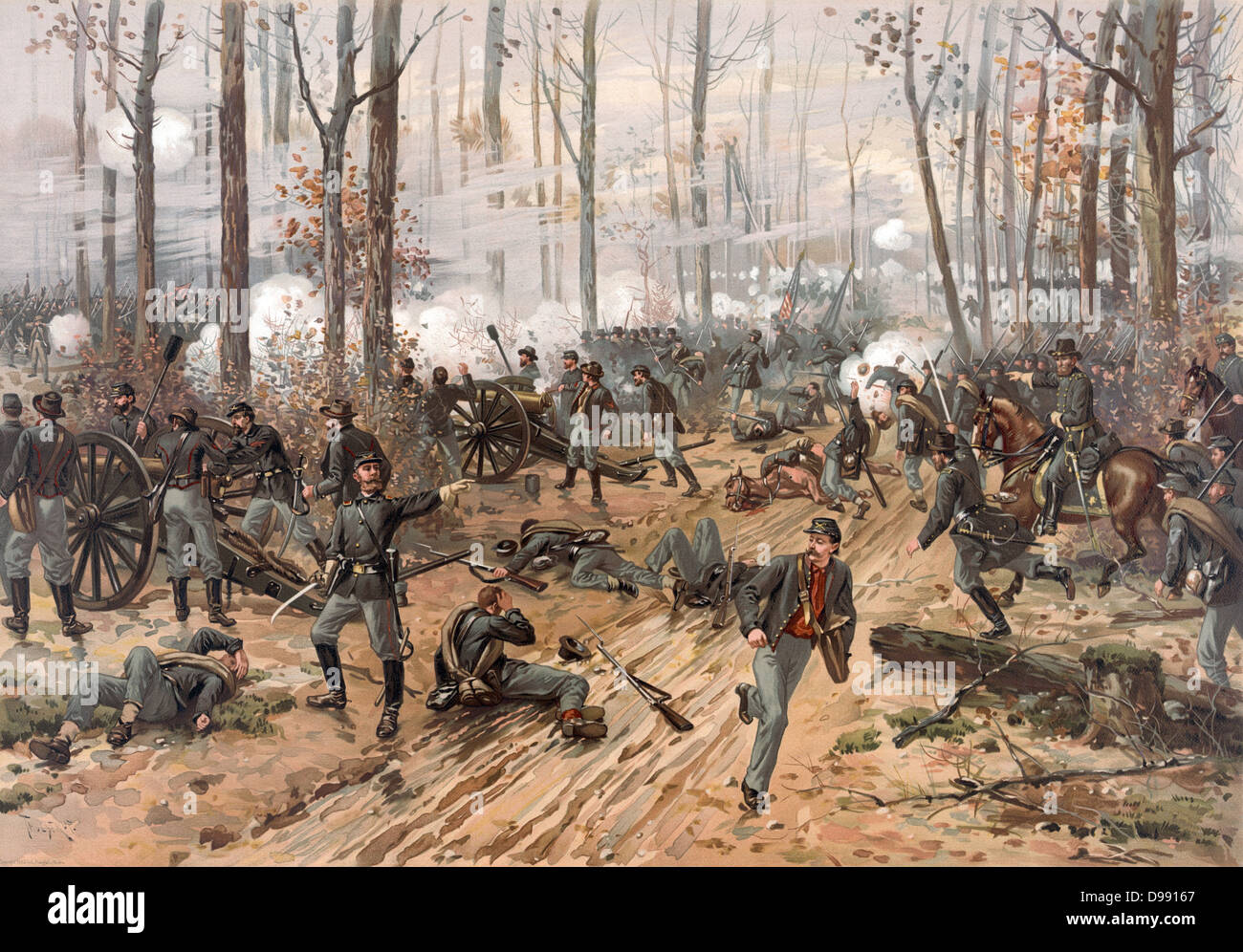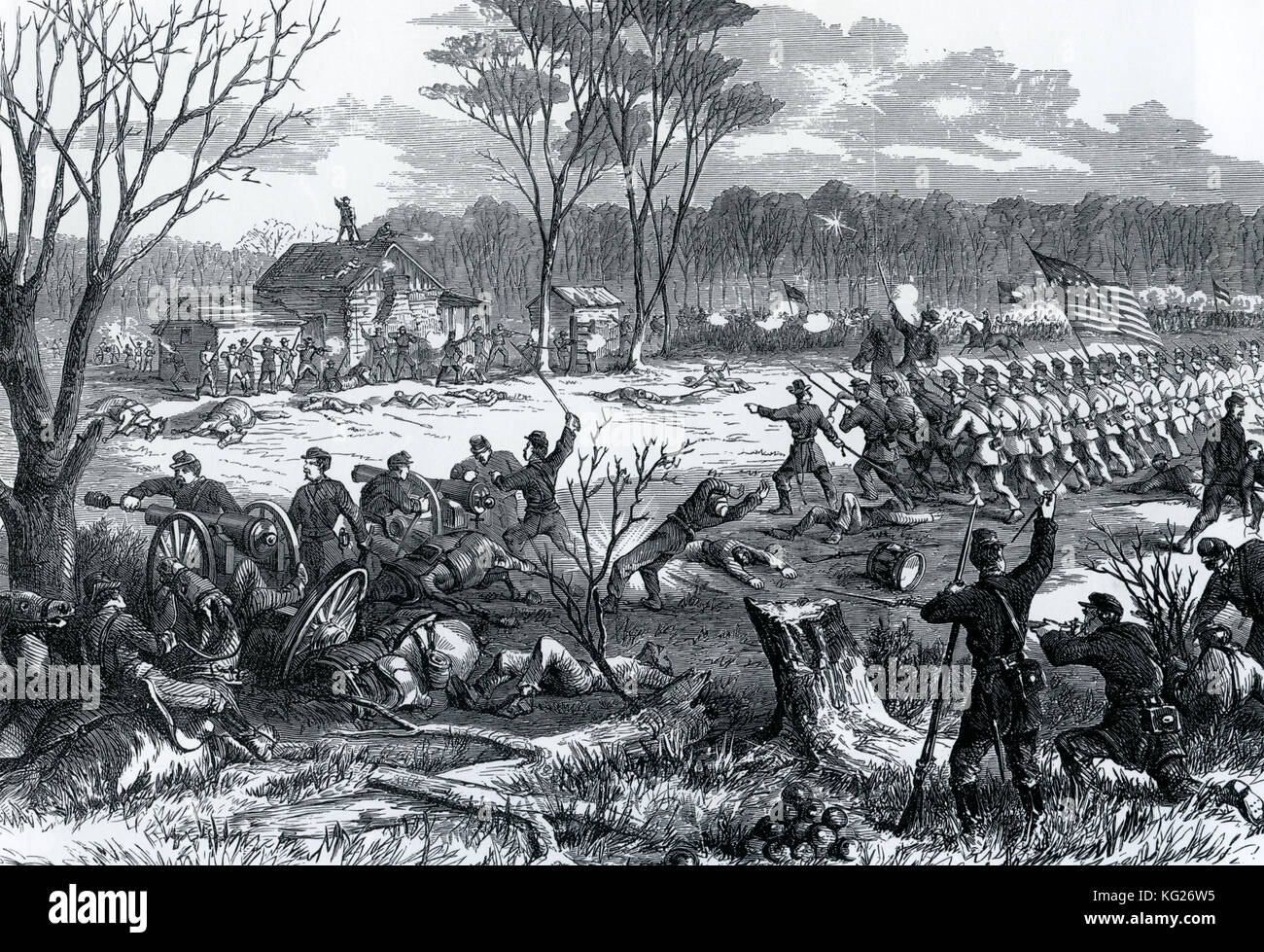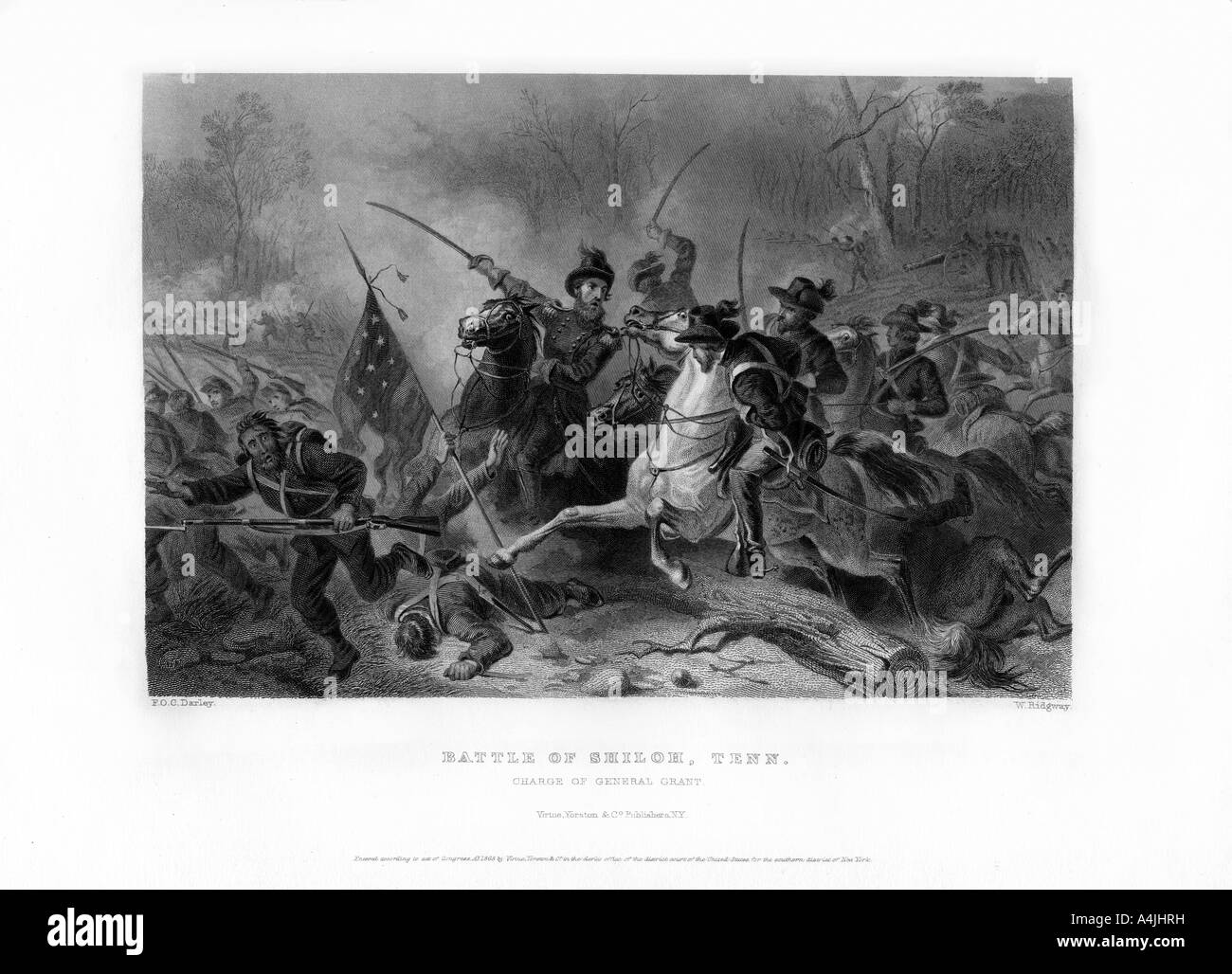
Echoes of the Past: Unearthing America’s Enduring Legends
From the misty hollows of Appalachia to the sprawling plains of the West, America pulses with a vibrant tapestry of legends. These aren’t merely quaint folk tales; they are the bedrock of a nation’s identity, a collective memory woven from daring exploits, inexplicable phenomena, and the profound impact of pivotal historical moments. In a country constantly reinventing itself, legends offer a vital link to the past, reflecting our fears, celebrating our heroes, and grappling with the untamed spirit that has always defined the American experience.
America’s legendary landscape is remarkably diverse, a testament to its varied geography, immigrant cultures, and a national psyche forever drawn to the grand and the mysterious. At its heart are the tall tales, figures born of the frontier who embodied the colossal challenges and boundless opportunities of a nascent nation. Paul Bunyan, the colossal lumberjack whose axe carved out rivers and forests, and his loyal blue ox, Babe, are more than just characters; they are personifications of the human spirit wrestling with an immense, wild continent. Their stories, often embellished by generations of loggers and storytellers, served as more than mere entertainment; they were narratives that made the impossible seem achievable, instilling a sense of awe and perseverance in those who heard them.
Similarly, Johnny Appleseed, the gentle wanderer who sowed apple seeds across the Midwest, transformed a simple act of agricultural foresight into an enduring symbol of peace, generosity, and the harmonious relationship between man and nature. While John Chapman was a real person, the legend grew far beyond the man, depicting him as a near-mythical figure who tamed the wilderness with kindness rather than brute force. These early legends laid the groundwork for a nation that admired self-reliance, ingenuity, and a touch of the extraordinary.

Beyond the purely fictional, America’s legends often blur the lines between history and myth, turning real individuals into larger-than-life archetypes. The Wild West, in particular, proved fertile ground for this transformation. Figures like Jesse James, the notorious outlaw, became a complex legend, alternately depicted as a cold-blooded killer and a modern-day Robin Hood, a rebel fighting against powerful interests. His story, and those of figures like Billy the Kid or Wyatt Earp, were amplified and romanticized through dime novels, songs, and eventually films, shaping a national narrative of rugged individualism, frontier justice, and the perpetual conflict between law and lawlessness. These weren’t just historical accounts; they were morality plays, exploring the very definitions of heroism and villainy in a rapidly expanding nation.
Daniel Boone, the quintessential frontiersman, likewise transcended his historical self to become the embodiment of American pioneering spirit. His daring explorations, legendary hunting prowess, and brushes with Native American tribes became the stuff of legend, celebrated in folklore as the pathfinder who carved out the wilderness for future generations. His story speaks to the American fascination with exploration, the untamed frontier, and the courage required to venture into the unknown.
But not all legends are born of campfire tales or speculative sightings. Some emerge from the crucible of history itself, forged in blood and sacrifice, etched into the national psyche. These are the moments so profound, so devastating, or so pivotal that they transcend mere historical fact to become legendary touchstones, shaping how a nation understands itself. One such place, where the echoes of a legendary past are particularly resonant, is the Shiloh National Military Park in southwestern Tennessee.
The Battle of Shiloh, fought on April 6-7, 1862, was a two-day maelstrom that forever altered the perception of the American Civil War. It was one of the earliest major battles in the Western Theater and, at the time, the bloodiest in American history. The sheer scale of casualties—over 23,000 dead, wounded, or missing in just two days—was almost unfathomable, leading General Ulysses S. Grant to later reflect on it as a profound turning point in the understanding of the war’s true cost. Shiloh became a legendary symbol of the Civil War’s brutal reality, a stark awakening to the magnitude of the conflict and the immense human sacrifice it would demand.
The legend of Shiloh is not built on mythical creatures or heroic exaggeration, but on the raw, undeniable facts of courage, suffering, and a nation tearing itself apart. The battle’s iconic locales—the "Hornet’s Nest," where Union lines held defiantly against repeated Confederate assaults for hours, the Peach Orchard, a scene of unspeakable carnage, and Pittsburg Landing, the lifeline for the Union army—are not just points on a map; they are hallowed grounds where the past feels palpable. The stories of individual heroism, of desperate stands, and of unimaginable suffering became enshrined in the nation’s collective memory, passed down through generations, shaping the narrative of the war and the character of the soldiers who fought it.
The very landscape of Shiloh National Military Park, meticulously preserved, serves as a living legend. Walking its quiet, wooded trails, one cannot escape the weight of history. The monuments, the cannons, the simple grave markers for the unknown dead—all contribute to an atmosphere where the past is not just remembered but felt. Veterans of the battle, long after the cannons fell silent, carried the legend of Shiloh with them, their memories forming a crucial part of its enduring power. They recounted the chaos, the bravery, the terror, ensuring that Shiloh would forever be more than just a battle; it would be a legendary crucible that tested the very soul of the nation. The fact that the battlefield is largely untouched by modern development allows visitors to truly step back in time, to confront the ghosts of the past and experience, however faintly, the legendary horror and heroism that unfolded there.
Beyond these historical legends, America’s appetite for the unexplained gives rise to a different class of lore: cryptids and supernatural tales. Bigfoot, the elusive ape-man said to roam the Pacific Northwest, is a modern-day wild man of the woods, a testament to our enduring fascination with the unknown and the wild places that still exist. The Mothman of West Virginia, an ominous harbinger of disaster, speaks to a collective anxiety and the human tendency to seek meaning in unexplained phenomena. The Jersey Devil, a winged creature of the Pine Barrens, is a regional legend rooted in colonial folklore, showcasing how specific landscapes can birth their own unique myths. These legends, often fueled by blurry photographs, eyewitness accounts, and a healthy dose of speculation, highlight our need to believe in something beyond the mundane, to explore the boundaries of scientific understanding.
And in the digital age, the legend-making process continues, albeit at an accelerated pace. Urban legends, once passed by word of mouth, now spread globally through social media, transforming mundane occurrences into chilling narratives or satirical commentaries. Conspiracy theories, from UFO sightings at Roswell to shadowy government plots, become modern myths, shaping public discourse and reflecting contemporary anxieties about power, truth, and hidden knowledge. The internet has not diminished our appetite for the legendary; it has merely reshaped its vessel, allowing new stories to emerge and old ones to find new life.

Ultimately, America’s legends, whether they involve mythical lumberjacks, enigmatic outlaws, spectral cryptids, or the hallowed, blood-soaked fields of Shiloh, serve a profound purpose. They are the narratives through which a nation understands its past, defines its character, and grapples with its future. They are the stories we tell ourselves about who we are, what we value, and what truly frightens or inspires us. From the colossal feats of Paul Bunyan to the quiet, haunted reverence of Shiloh, America’s legends are a testament to our enduring capacity for wonder, our need to understand the past, and our relentless quest for meaning in a world that is always, in some way, still being discovered.


